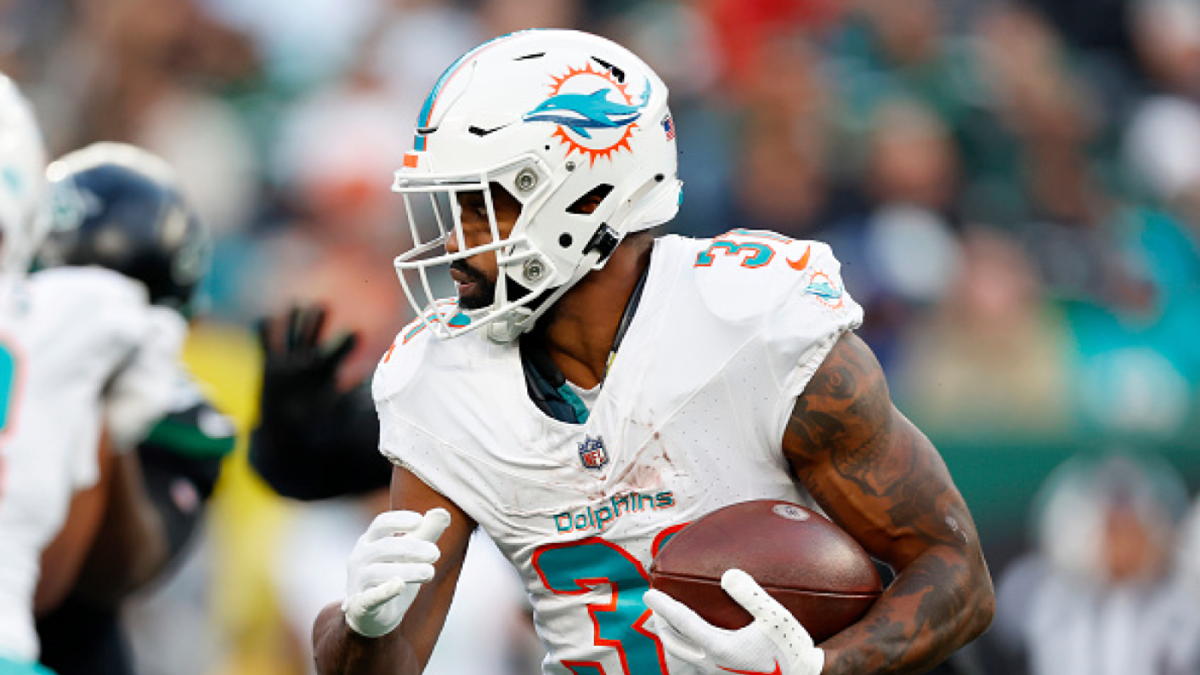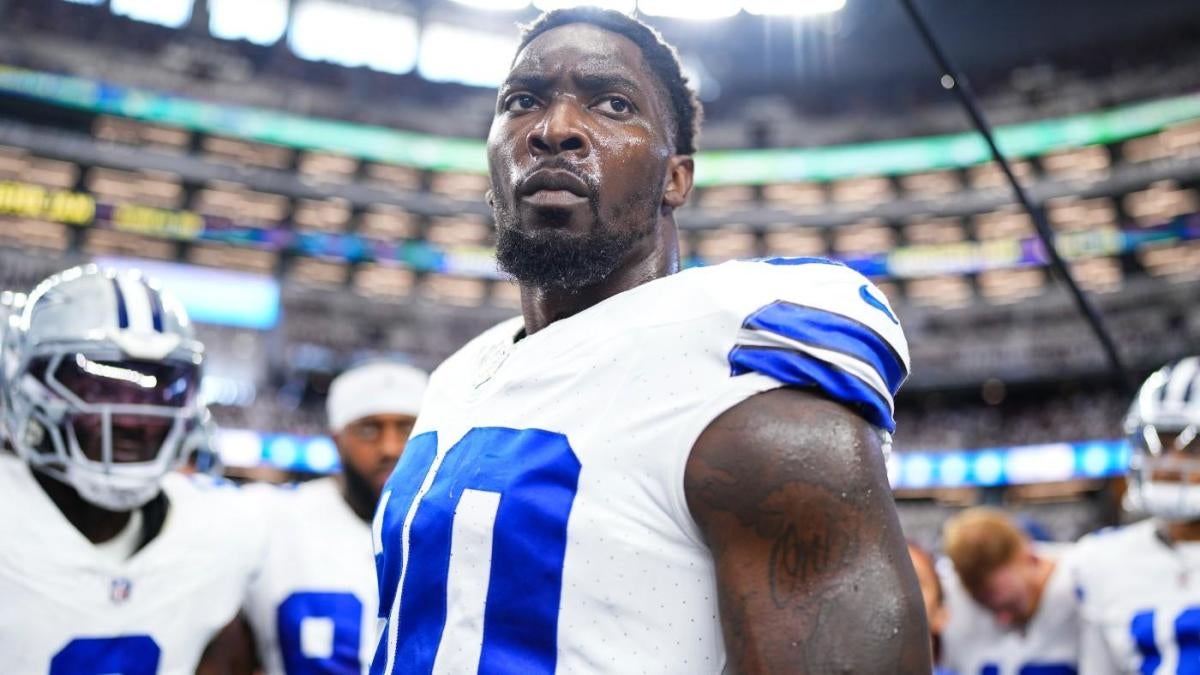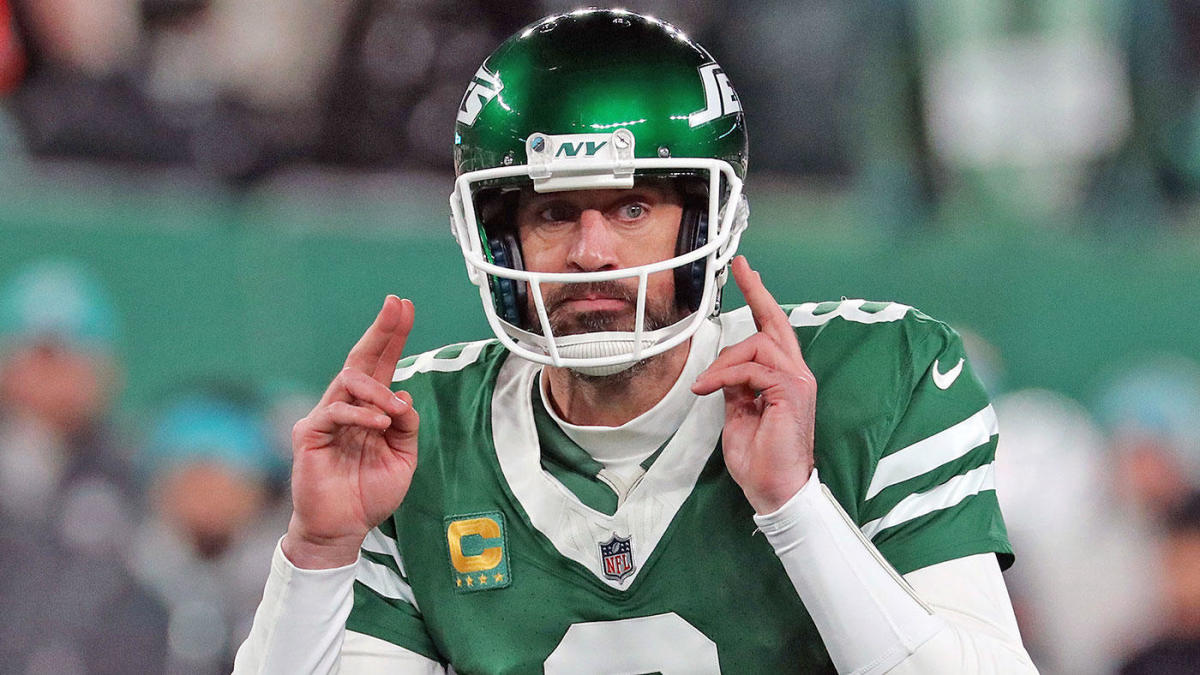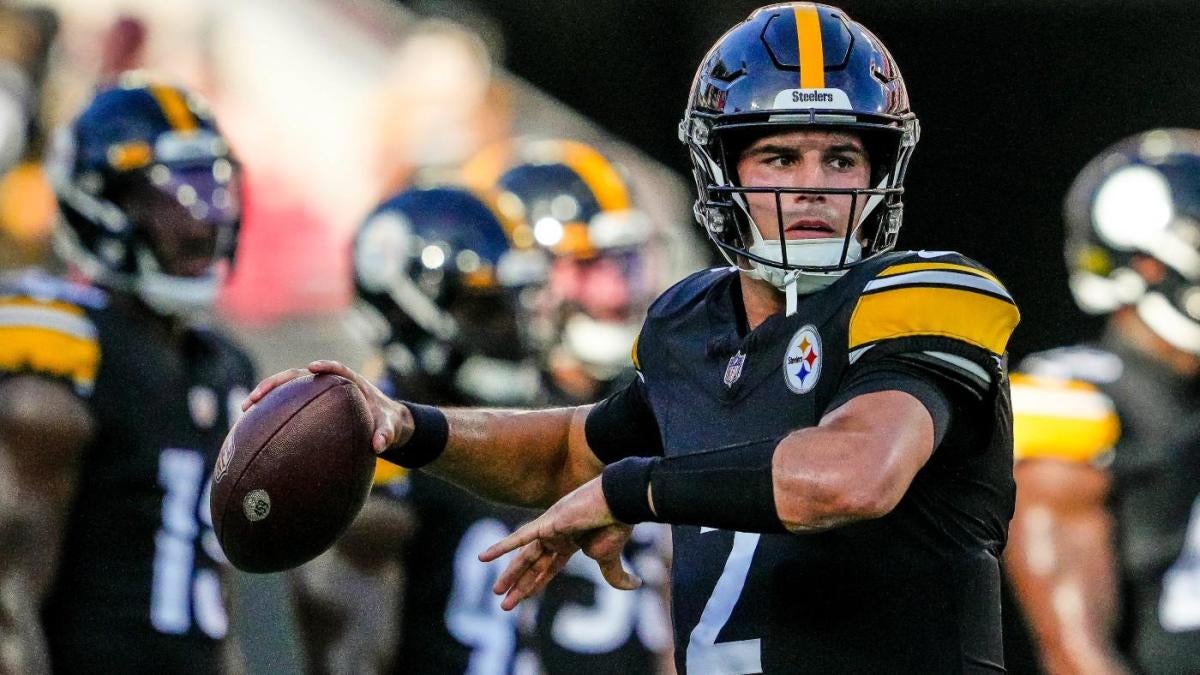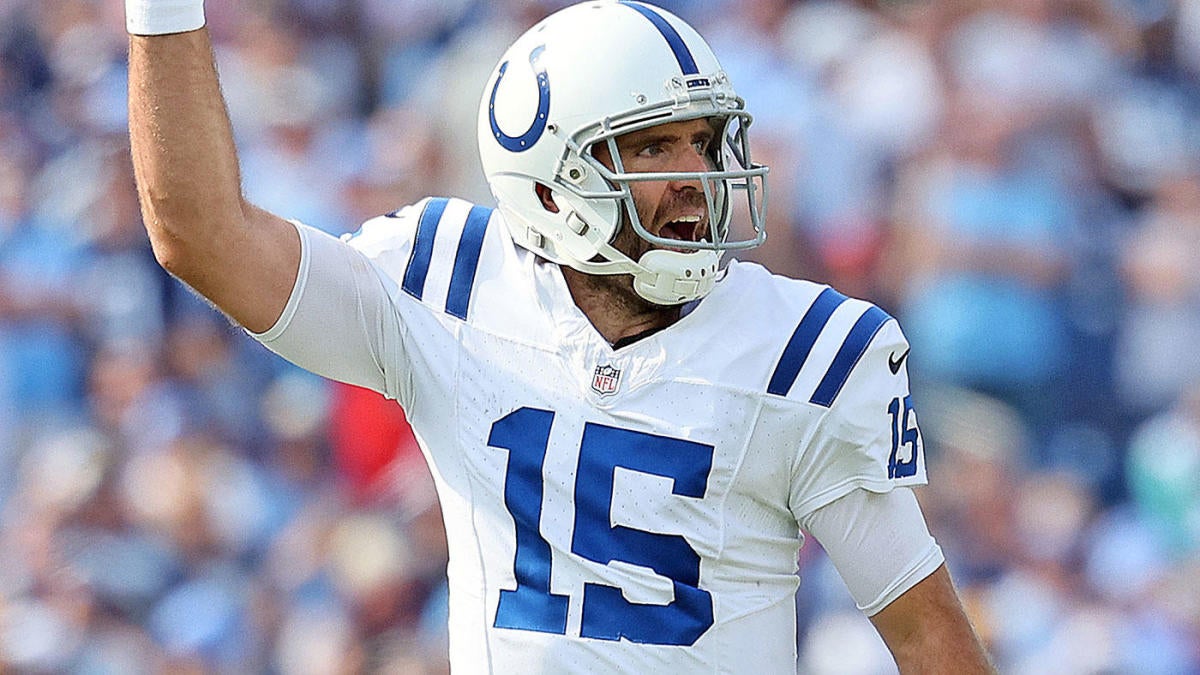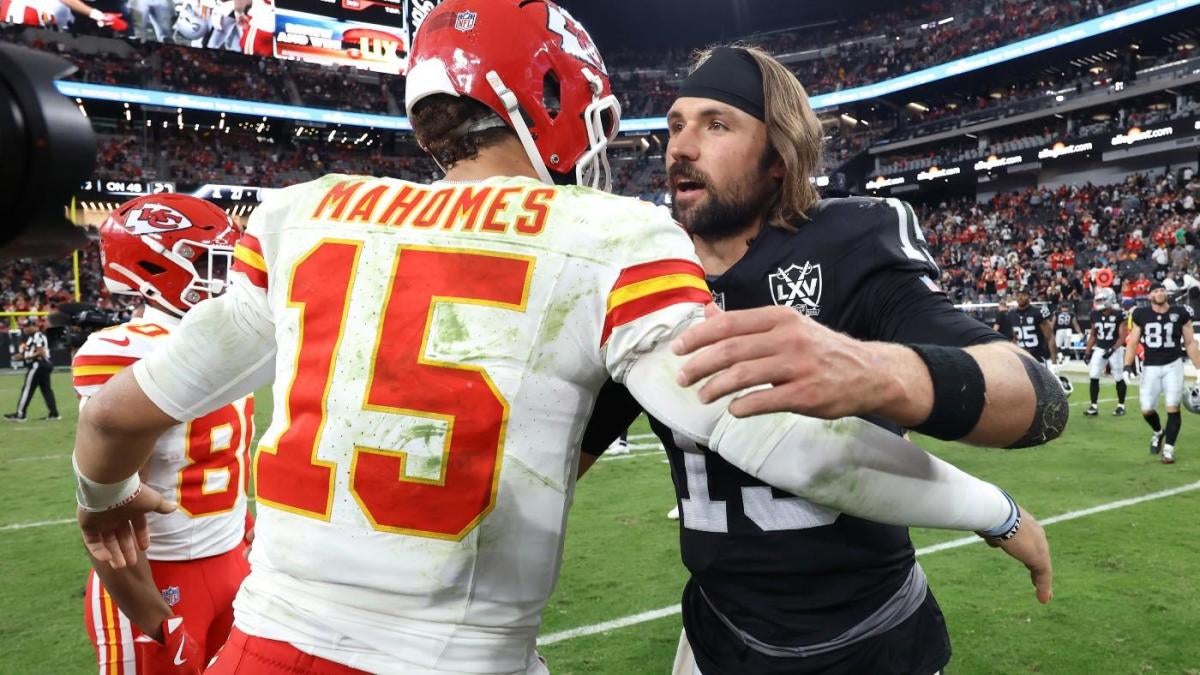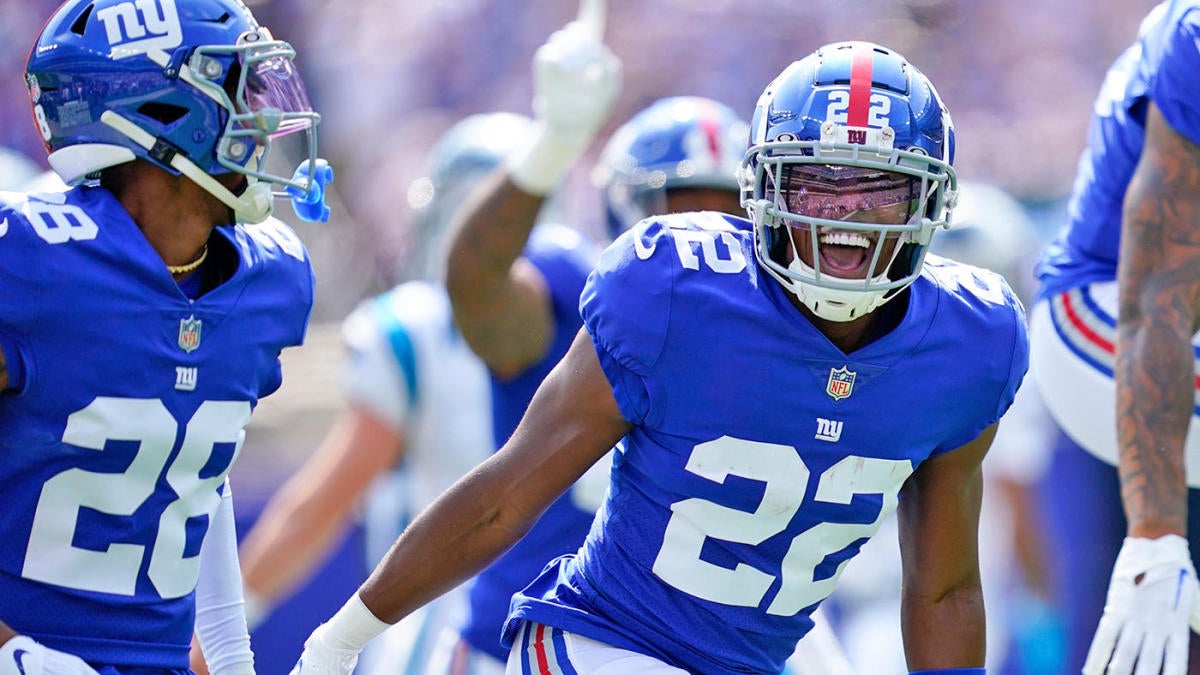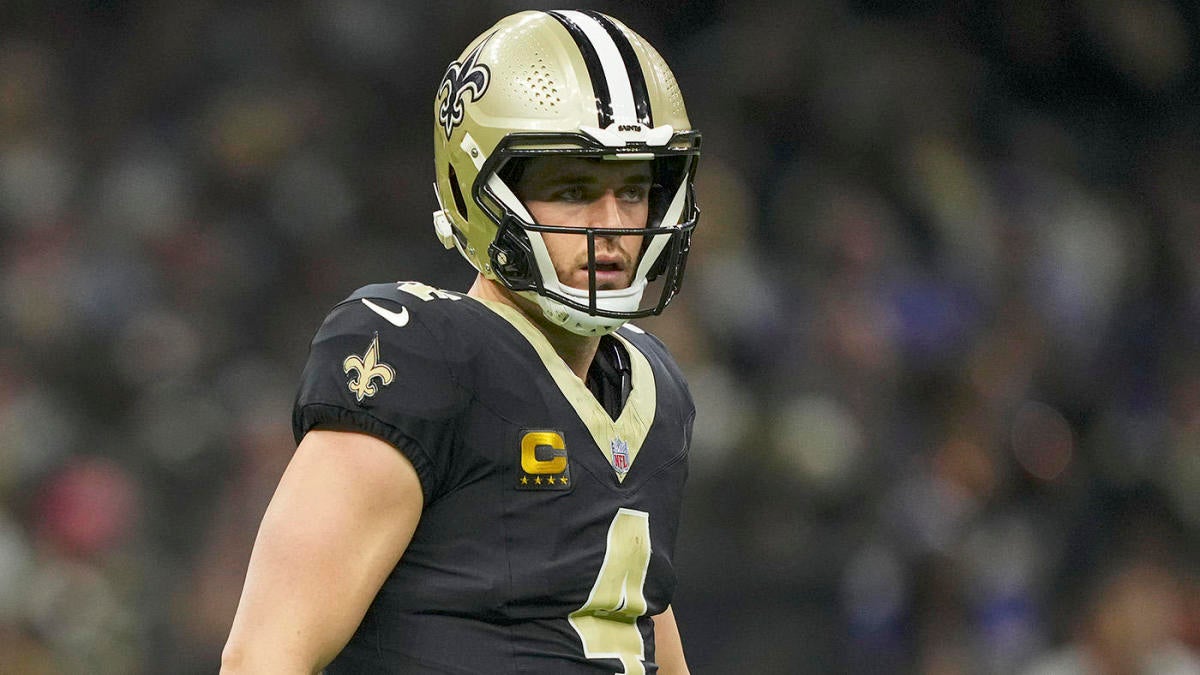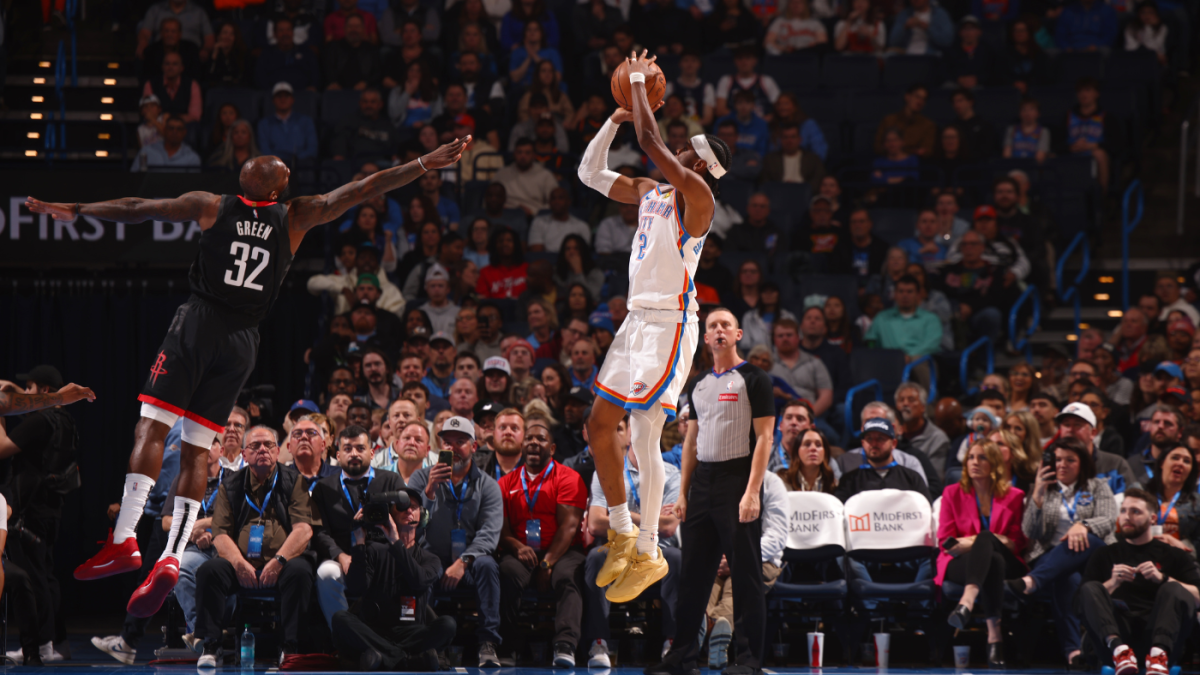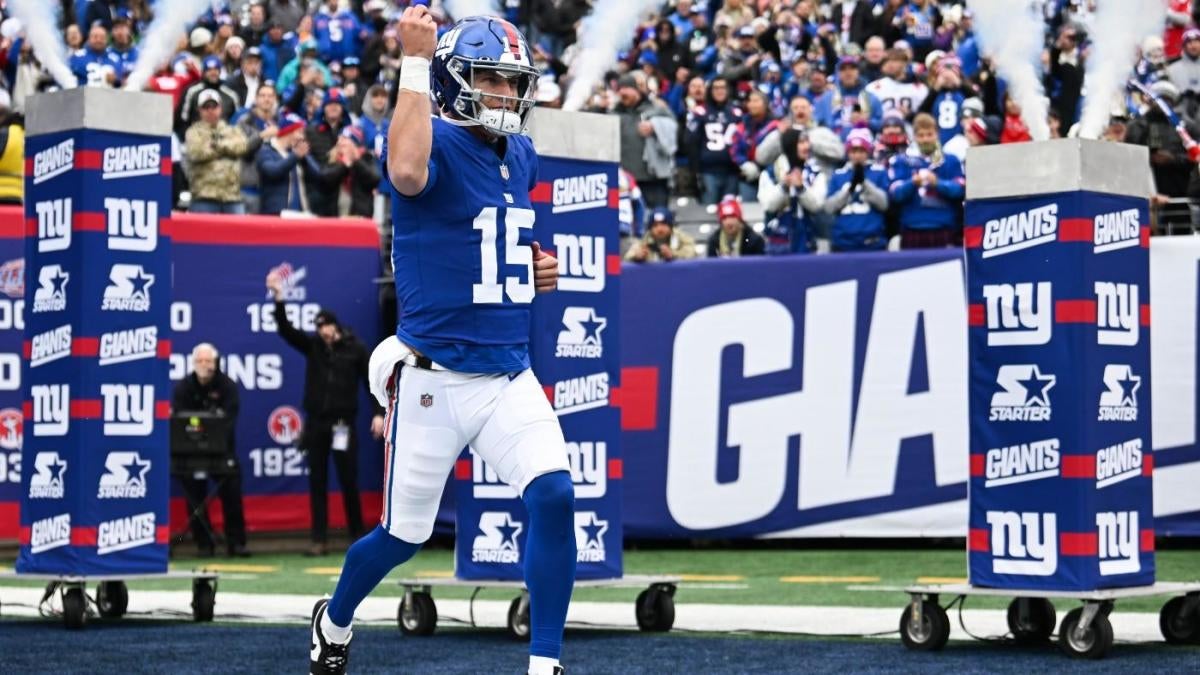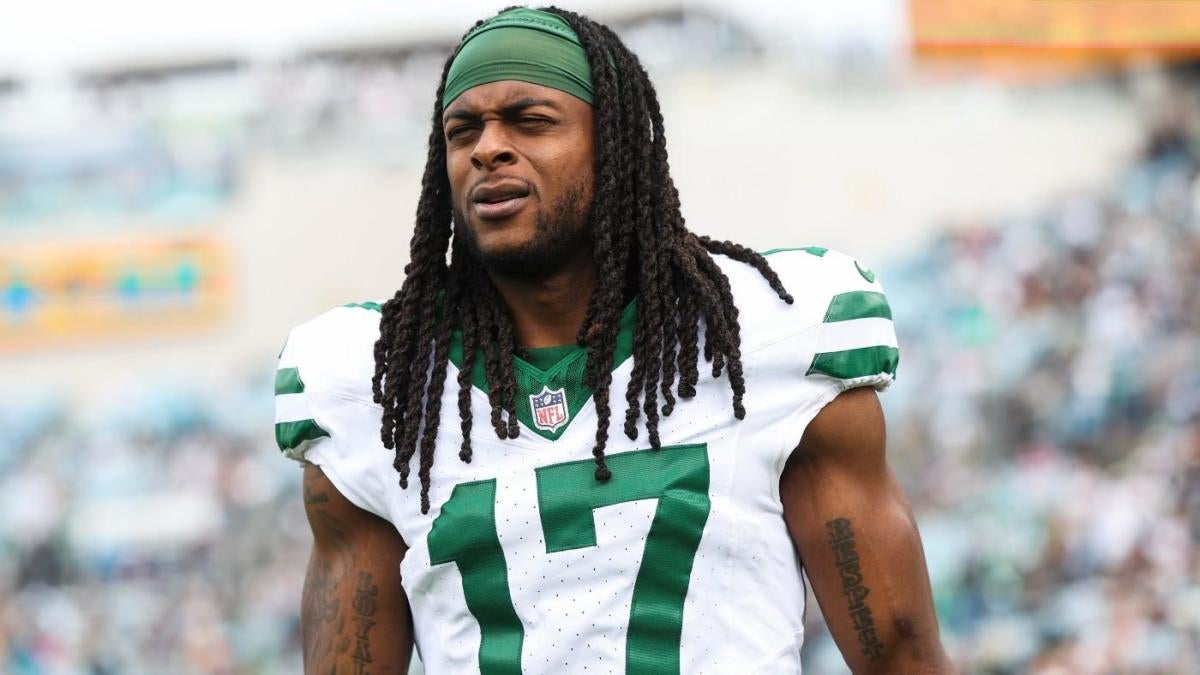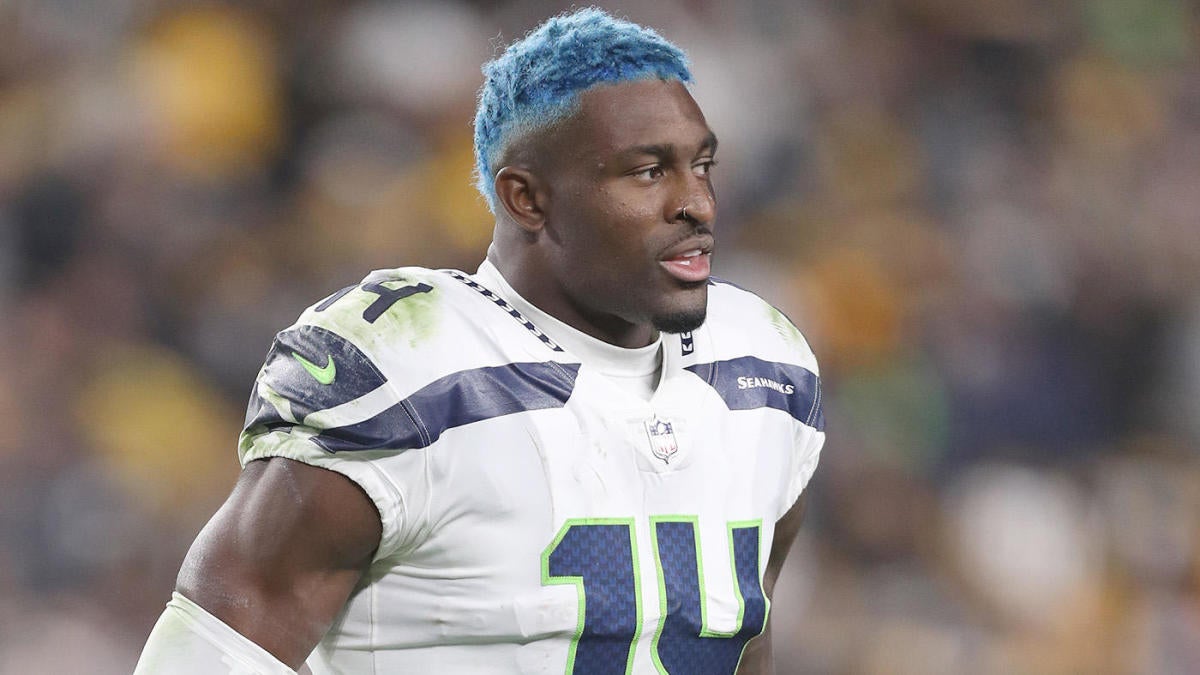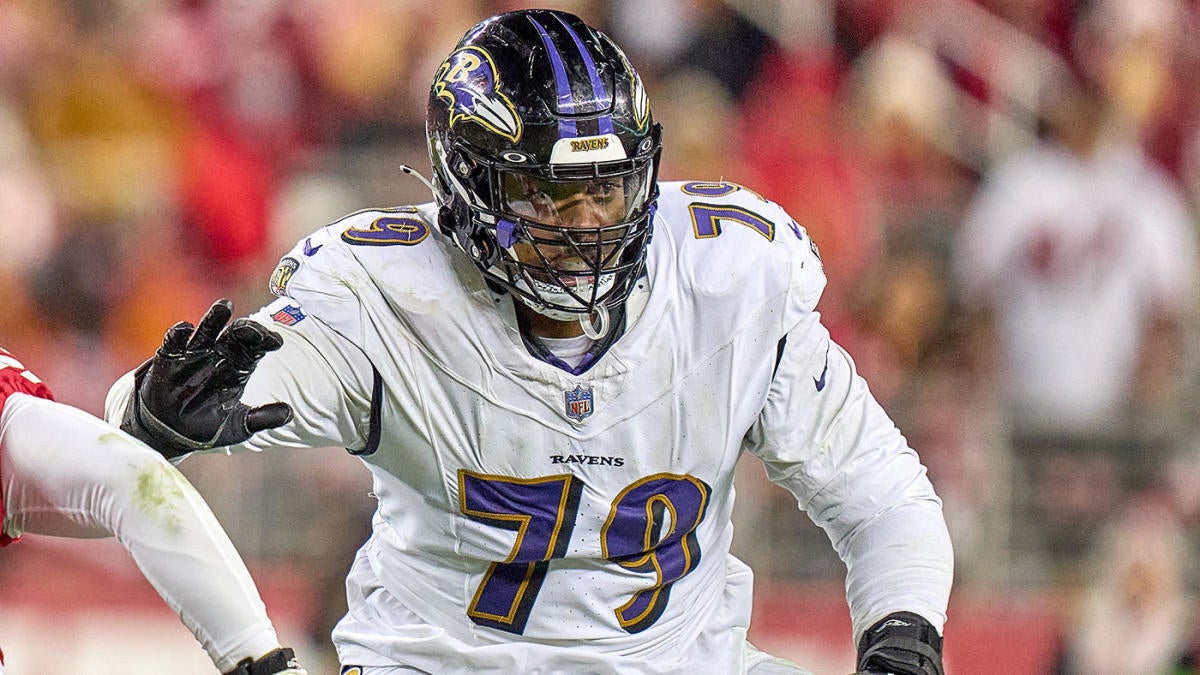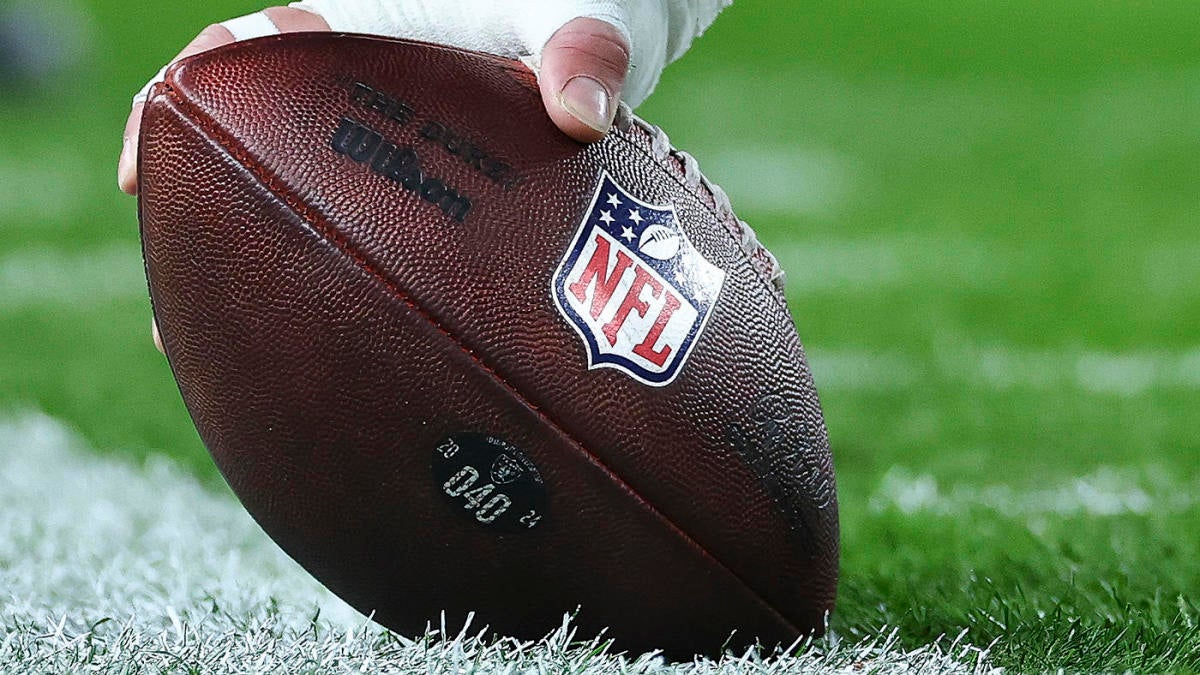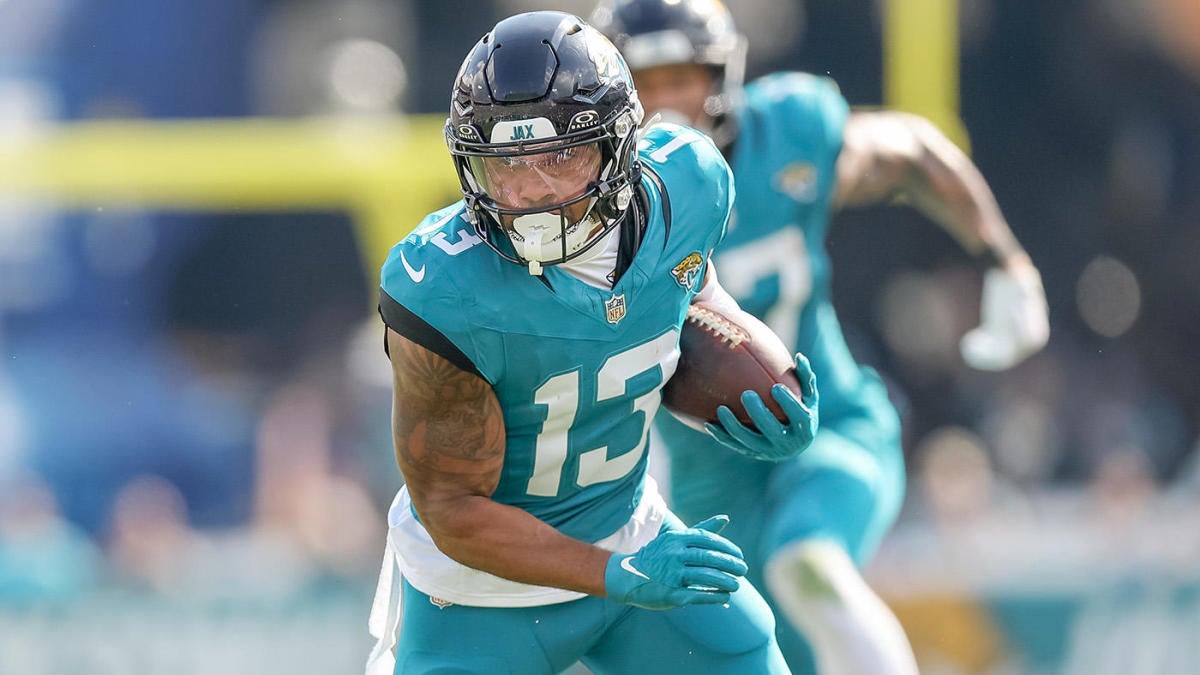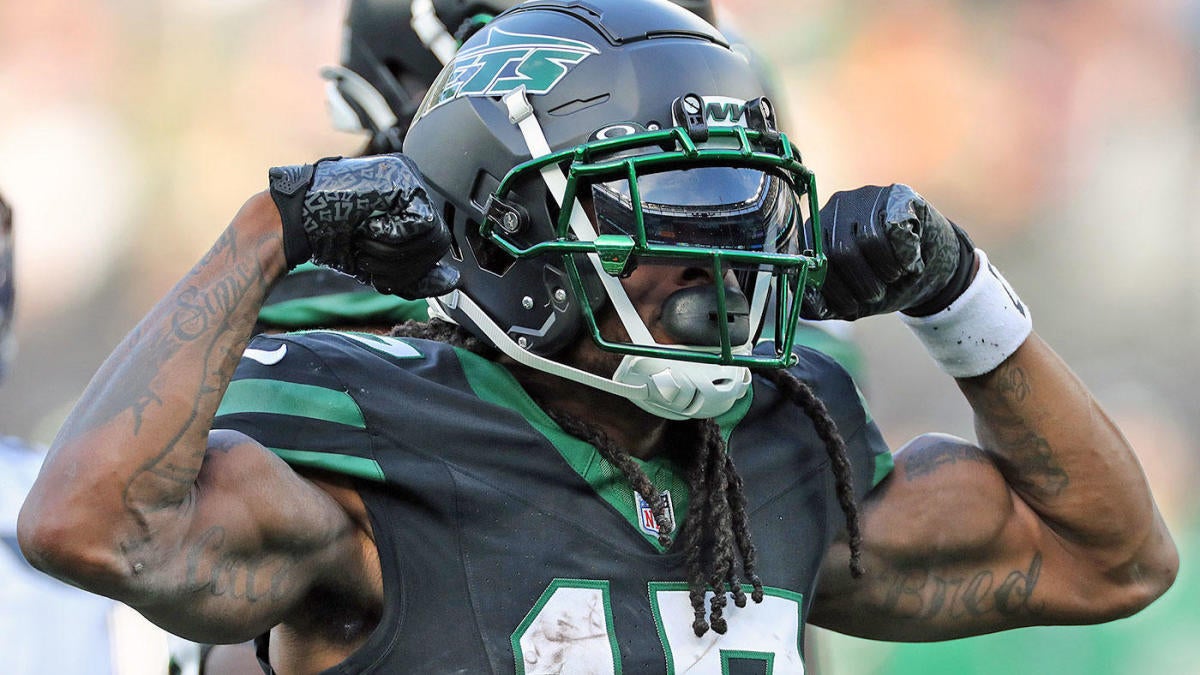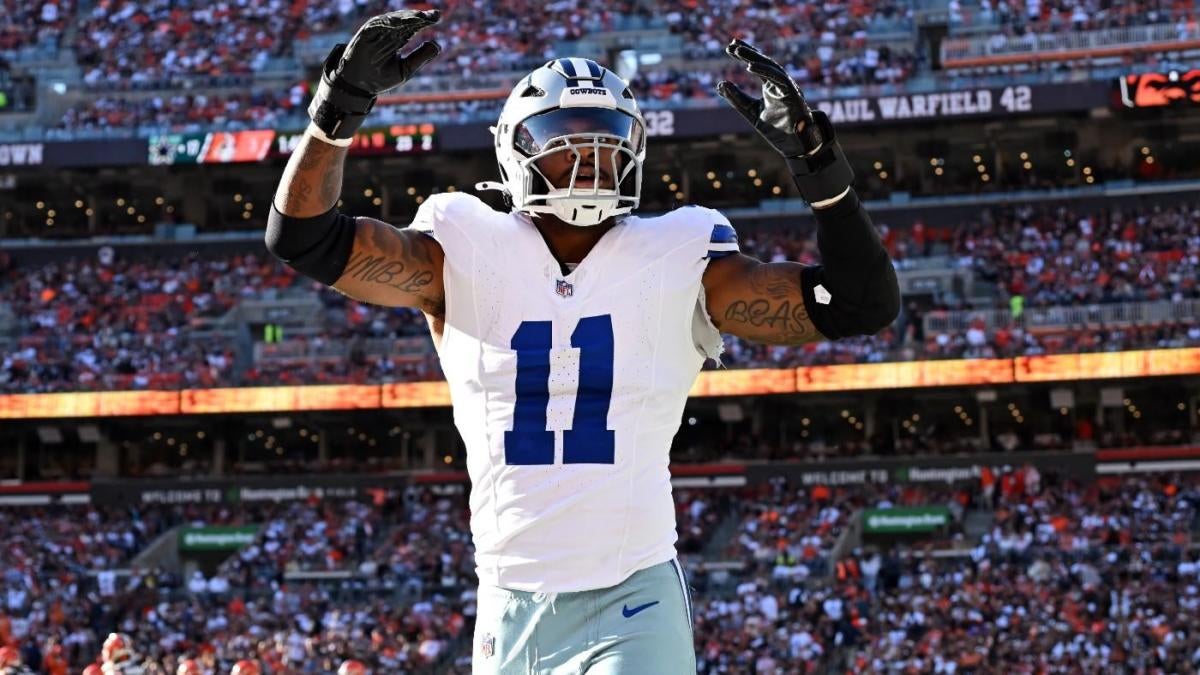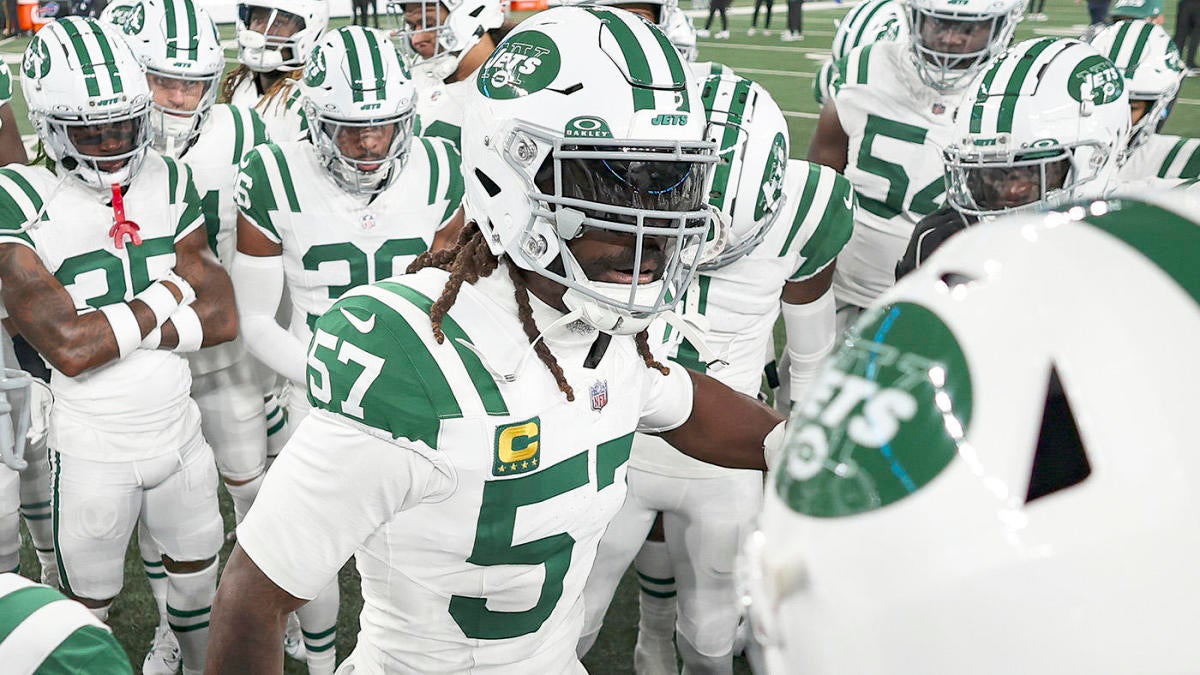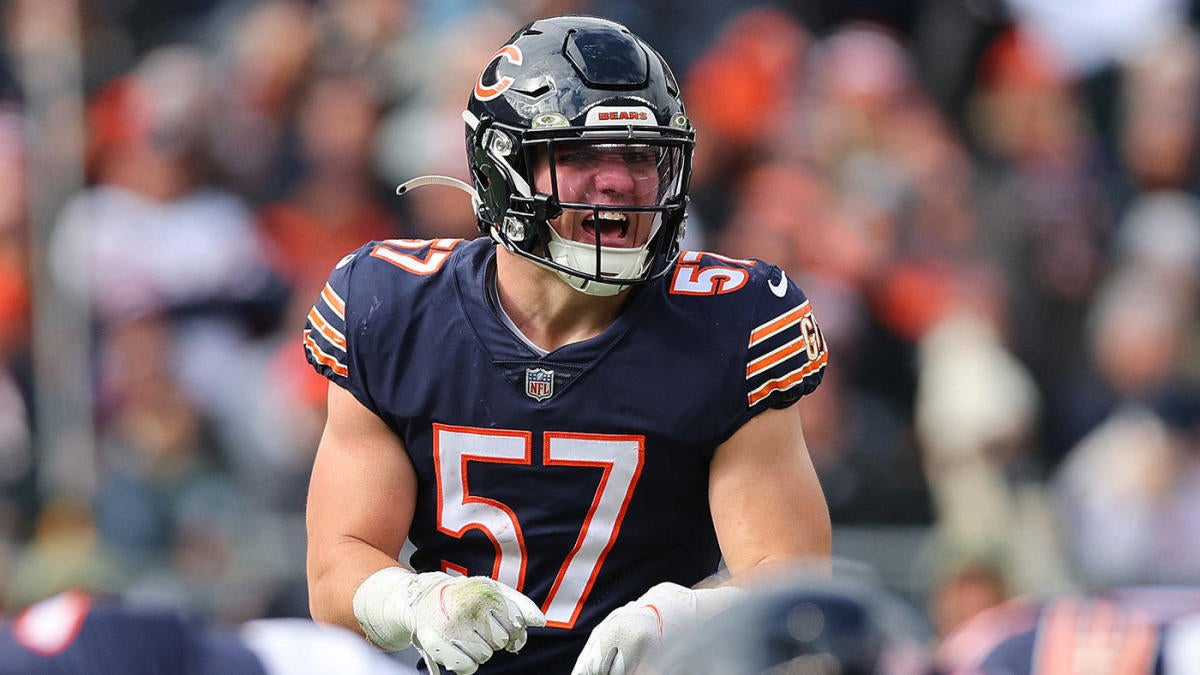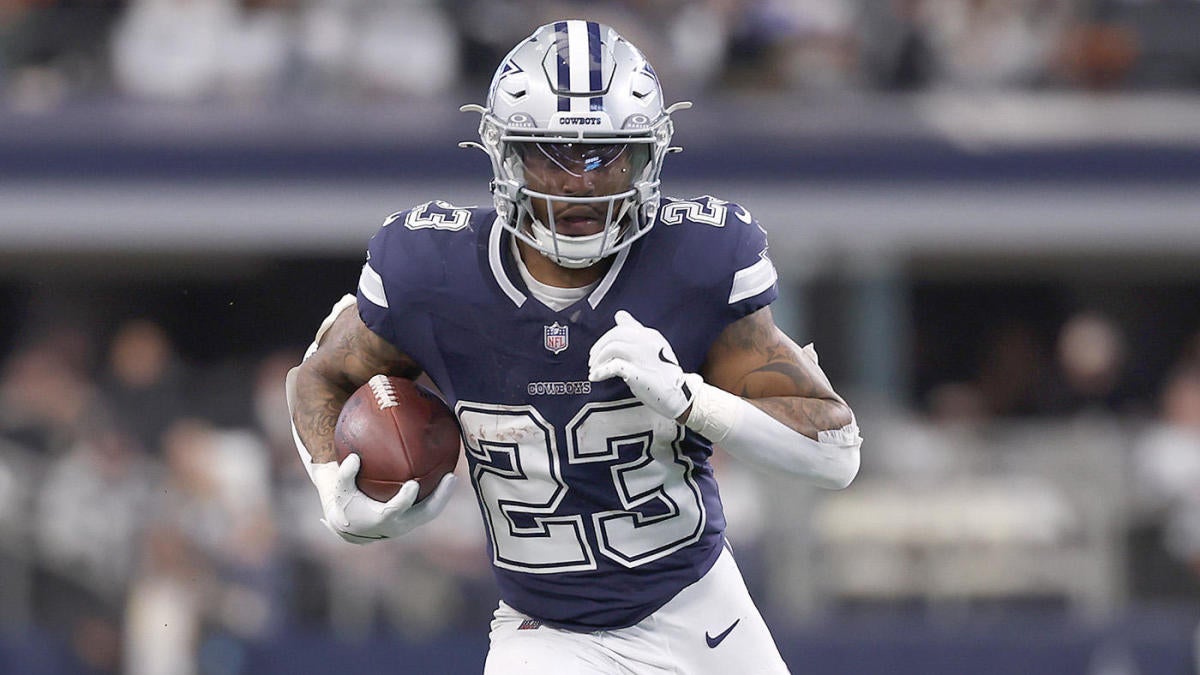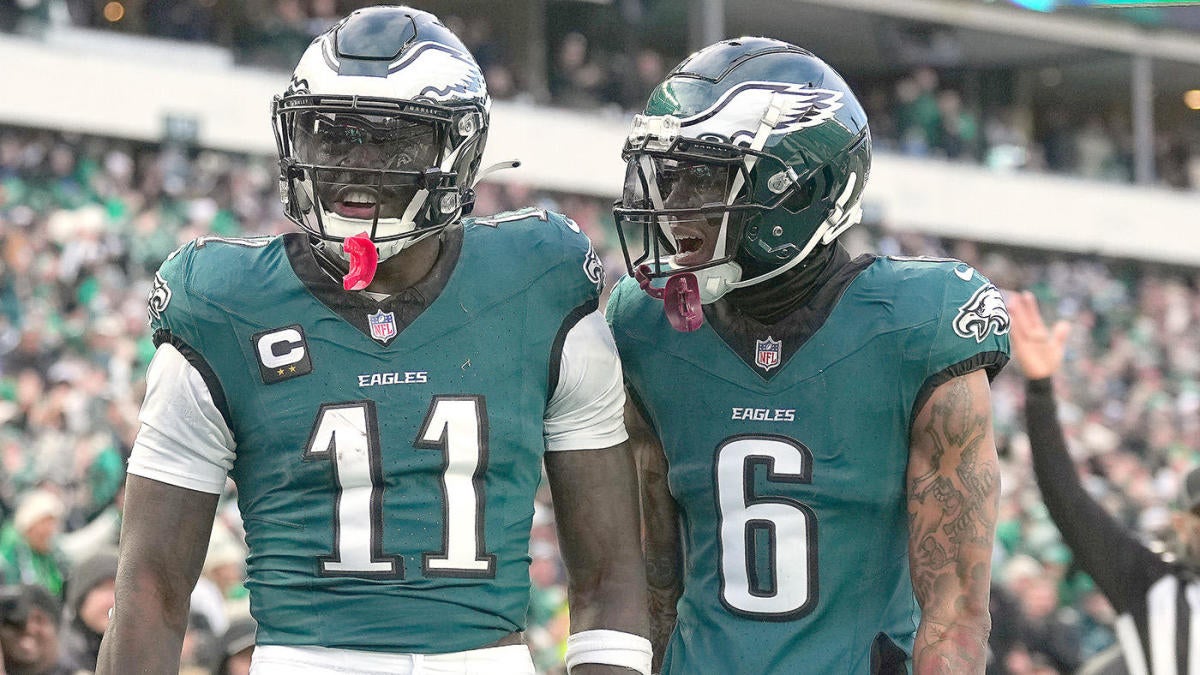
The idiom, “There’s more than one way to skin a cat” can be aptly used to describe building a championship-caliber NFL roster under the salary cap. There isn’t a right or wrong way to allocate resources in putting together a team that has Super Bowl potential. A specific blueprint doesn’t exist.
Super Bowl teams have been constructed with low-cost quarterbacks on rookie contracts as well as with higher-priced signal-callers. Super Bowl LVIII between the Kansas City Chiefs and the San Francisco 49ers was a perfect illustration of this contrast. The 49ers had the NFL’s lowest salary cap number for a starting quarterback with Brock Purdy. The Chiefs had the league’s highest in Patrick Mahomes.
The following chart outlines the cap charges for the Chiefs and Philadelphia Eagles‘ key contributors throughout the season at each position and on special teams. That’s 31 players for both the Chiefs and Eagles. The breakdown for each team is 15 on offense and 16 on defense.
Dead money, a salary cap charge for a player no longer on a team’s roster, is tracked as well. The NFL collective bargaining agreement’s $315 daily amount for participating in a team’s voluntary offseason workout program is included in the cap numbers.
| Chiefs | Eagles | |
|---|---|---|
QB | $37,008,269 | $13,566,990 |
RB | $1,852,895 | $4,947,701 |
WR | $14,489,692 | $22,384,120 |
TE | $23,195,469 | $10,122,824 |
OL | $55,859,151 | $37,333,562 |
Edge | $18,901,876 | $18,969,764 |
Interior DL | $13,215,240 | $13,937,124 |
LB | $7,911,517 | $5,043,388 |
CB | $6,877,800 | $16,016,400 |
S | $16,785,313 | $4,665,488 |
ST | $5,356,457 | $6,955,200 |
Dead Money | $10,669,066 | $54,413,117 |
The NFL salary cap is currently $255.4 million. Each team’s actual salary cap (known as adjusted salary cap) is typically different from the NFL’s set amount because unused cap room can be carried over from one year to the next year and other adjustments can further increase or decrease cap space.
The league-wide average is $262.769 million, according to NFLPA data. The Chiefs have the NFL’s lowest adjusted salary cap at $253.064 million. Situations like this typically occur when incentives earned during the previous season that weren’t counting on the cap get accounted for without sufficient cap room carrying over from the prior year to make up the difference. The Chiefs had $3,862,525 of incentives to account for with $1,526,612 of cap space being carried over from the 2023 league year for a $2,335,913 deficit. The Eagles are also below the league average with a $260,233,359 adjusted salary cap.
The key contributor cap spending skews heavily to the offense for both teams. It’s more pronounced with Kansas City. It’s $131.405 million offensively to $63.69 million defensively. Philadelphia’s distribution is $88.355 million on offense and $58.632 million for the defense.
Unsurprisingly, the four-highest cap numbers for members of each team are on offense. The top four for Kansas City (quarterback Patrick Mahomes, left guard/left tackle Joe Thuney, tight end Travis Kelce and right tackle Jawaan Taylor count $102,923,592 on the cap. Philadelphia’s top four account for slightly more than half as much cap room as Kansas City’s. The $52,887,389 comes from right tackle Lane Johnson, quarterback Jalen Hurts, wide receiver A.J. Brown and left tackle Jordan Mailata.
The Eagles have multiple players among the highest paid at their respective positions (running back Saquon Barkley, Brown, left guard Landon Dickerson, tight end Dallas Goedert, Hurts, Johnson and Mailata). All of the players are on offense.
Johnson has the only 2024 cap number above $15 million. This is because Philadelphia prefers to structure contracts with a signing bonus and option bonus. The cap numbers in the initial contract years are more manageable with this structure because option bonuses are prorated over the life of a contract (up to a maximum of five years), including the option years, beginning in the league year when the option is exercised. The Eagles are increasingly taking this structure to an extreme with contracts having multiple option bonuses and numerous dummy/voiding years.
The drawback is the cap numbers will eventually have a big spike because of the extra bonus proration due to the option bonuses. The extra bonus proration can be problematic if a player is traded, released or retires resulting in significant dead money when this structure is used.
Dead money
Dead money exists because of how salary cap accounting rules operate. Signing bonuses, option bonuses and certain roster bonuses are prorated or spread out evenly over the life of a contract for a maximum of five years. When a player is released, traded or retires, the remaining proration of these salary components immediately accelerate onto his team’s current salary cap.
There are two major exceptions to this general rule of bonus proration accelerating. Only the current year’s proration counts toward the salary cap with transactions occurring after June 1. The bonus proration in future contract years is delayed until the next league year beginning in the following March. A team can also release two players each league year prior to June 2 (known as a post-June 1 designation) that will be treated under the salary cap as if they were released after June 1. With a post-June 1 designation, a team is required to carry the player’s full cap number until June 2 even though he is no longer a part of the roster. The player’s salary comes off the books at that time unless it is guaranteed.
This means dead money is typically a sunk cost where money isn’t owed to a player. Only if there are salary guarantees when a player is released will there be a payment associated with dead money.
Philadelphia’s dead money more than quadruples Kansas City’s. Edge rusher Haason Reddick’s trade to the New York Jets left Philadelphia with the NFL’s sixth-highest individual dead money charge for 2024 at $21.515 million. It’s more than double Philadelphia’s largest cap number for a defensive player. There’s $8.678 million in dead money for center Jason Kelce, who retired. The Eagles carried Kelce on the roster until June 3 so his dead money could be taken over both 2024 and 2025. Kelce’s 2025 dead money is $16.438 million.
The Chiefs don’t have dead money charges of any consequence. The largest come from Kansas City upgrading the wide receiver corps by releasing Kadarius Toney ($2,531,787) and Marquez Valdes-Scantling ($2 million).
Offense
Quarterback
Both teams have high-priced quarterbacks. Hurts briefly became the NFL’s highest-paid player in April 2023 when he signed five-year, $255 million contract averaging $51 million per year. Nonetheless, Hurts’ $13,566,990 cap number ranks 16th among quarterbacks.
Mahomes has the NFL’s fourth-highest cap number at $37,008,269. He had 2023’s largest cap number with $37,133,825 when Kansas City won Super Bowl LVIII. Because of the $30.6 million increase in the salary cap from 2023, Mahomes’ cap number accounts for 14.6% of Kansas City’s adjusted salary cap as opposed to the nearly 17% last year.
Running back
The Eagles have a much bigger investment in running back. Barkley is one of the most monumental free agent signings in NFL history. He received a three-year, $37.75 million contract averaging $12,583,333 per year. The deal is worth as much as $46.75 million through incentives and salary escalators. There are $26 million in guarantees, of which $24.5 million was fully guaranteed at signing. Barkley’s 2024 cap number is only $3.8 million consisting of a $1.375 million base salary and an $11.625 million signing bonus that’s being prorated on the salary cap at $2.325 million annually for five years instead of three years because the Eagles included dummy/voiding years in his contract.
Kansas City’s combined $1,852,895 running back cap numbers for Isiah Pacheco ($1,010,762) and Kareem Hunt ($842,133) are less than half of Barkley’s. Pacheco was a 2022 seventh-round pick who is in the third year of four-year rookie contract worth $3,739,108. Hunt was signed early in the season for his league-minimum salary because of Pacheco’s fractured right fibula, which sidelined him for nine games.
Wide receiver
The Eagles along with the Miami Dolphins are the NFL’s only teams who have two wide receivers with contracts averaging $25 million per year or more. Brown signed a three-year, $96 million extension in late April averaging $32 million per year, which made him the NFL’s highest-paid wide receiver until Justin Jefferson received a four-year extension from the Minnesota Vikings in June averaging $35 million per year. Brown’s deal set a wide receiver record with $84 million in guarantees, which Jefferson shattered. The $51 million fully guaranteed at signing was the second most ever for a wide receiver.
The Eagles were proactive in eliminating a potential problem by giving Brown a new deal with three years remaining. It probably wasn’t going to sit too well with Brown that fellow Eagles wide receiver DeVonta Smith, 2021’s 10th overall pick, had just signed a three-year, $75 million extension, averaging the same $25 million per year as in his 2022 extension. Brown and Smith’s respective 2024 cap numbers are $11,836,879 and $8,127,381.
Marquise Brown ($6,955,882 cap number) signed a one-year, $7 million deal worth up to $11 million through incentives to be a part of Kansas City’s revamped receiving corps. A left shoulder injury suffered in the preseason kept Brown out of Kansas City’s first 14 regular-season games. The 28th pick in the 2024 NFL Draft was used on Xavier Worthy ($2,509,897 cap number).
The wide receiver corps was dealt another blow when 2023 second-round pick Rashee Rice ($1,481,691 cap number) was lost for the season in Week 4 with a right knee injury. DeAndre Hopkins, who is the final year of a two-year, $26 million contract worth up to $33.5 million through incentives, was acquired from the Tennessee Titans in late October for a conditional 2025 fifth-round pick as the midseason trade deadline was approaching. Hopkins’ cap charge for the Chiefs is $2,332,222 because the Titans converted $2.5 million of Hopkins’ remaining 2024 base salary into signing bonus prior to the trade to help facilitate the deal.
Tight end
Both teams have high-priced tight ends. Kelce become the NFL’s highest-paid tight end at $17.125 million per year in April with his renegotiated two-year, $34.25 million deal. The seven-time All-Pro has the league’s highest tight end cap number at $19,551,944. The four-year, $57 million extension Goedert ($9,085,469 cap number) signed with the Eagles in 2021 has held up. He is the NFL’s fourth-highest paid tight end at $14.25 million per year.
Offensive line
Both teams have made big financial commitments to the offensive line. The Chiefs reset the center market with the four-year, $72 million extension averaging $18 million per year Creed Humphrey ($5,161,936 cap number) signed during the preseason. Humphrey’s $50.315 million in guarantees and $35 million fully guaranteed at signing are the most ever for a center.
Taylor was surprisingly given a four-year, $80 million contract with $60 million in guarantees, of which $40 million was fully guaranteed at signing, in 2023 free agency. He hasn’t come close to living up to his contract. Taylor’s $19,391,666 cap number was 2024’s third highest for a right tackle.
Thuney, who is playing left tackle out of necessity, has one year remaining on the five-year, $80 million contract containing $46.89 million of guarantees he signed in 2021 free agency. He has 2024’s largest cap number for an offensive lineman at $26,971,713.
The Eagles are the only NFL team with both offensive tackles on contracts averaging at least $20 million per year. Johnson is tied with Taylor as the NFL’s second-highest paid right tackle at $20 million per year. His $15,867,520 cap number is tops among Eagles players. Mailata ($11.616 million cap number) signed a three-year, $66 million extension (worth a maximum of $69.75 million) averaging $22 million per year in April.
Dickerson ($5,996,130 cap number) signed a four-year, $84 million extension averaging $21 million per year with $50 million of guarantees to become the NFL’s highest-paid offensive guard in March. Salary escalators make the left guard’s deal worth as much as $87 million.
Defense
Edge rusher
Reddick’s $21.515 million of dead money is just over $2.5 million more than Philadelphia’s collective edge rusher cap charges. Josh Sweat ($8,029,520 cap number) led the Eagles with eight sacks this season. He took a $6 million pay cut from the three-year, $40 million extension averaging $13,333,333 per year he signed in 2021. Scheduled to make $16 million in 2024, Sweat lowered his salary to $10 million where $9.5 million was fully guaranteed with the opportunity to earn as much as $13 million total through incentives.
The Eagles signed Bryce Huff to a three-year, $51.1 million deal worth a maximum of $57.1 million thanks to incentives and salary escalators rather than address a disgruntled Reddick’s contract. The Huff contract has $34 million fully guaranteed. He was a major disappointment before having surgery to repair a torn ligament in his left wrist 10 games into the season. Because Huff has been a non-factor since his return in Week 17, he wasn’t considered a key contributor.
Charles Omenihu has Kansas City’s biggest edge rusher cap charge at $10.97 million. It’s the second-biggest defensive player cap charge on the Chiefs. The torn right ACL Omenihu suffered in last season’s AFC Championship game kept him out of action until the end of November. Chiefs 2022 first-round pick George Karlaftis ($3,265,210 cap number) has a team-leading 11 sacks, including the postseason.
Defensive interior
Chris Jones ($10,750,395 cap charge) is the only big-ticket item on Kansas City’s defense. The Chiefs made sure Jones didn’t get to the open market by getting a deal done in March before their exclusive negotiating rights with him ended. Jones became the NFL’s highest-paid interior defensive lineman and second-highest paid defensive player with his five-year, $158.75 million contract averaging at $31.75 million per year. The deal has $95.3 million in guarantees where $60 million was fully guaranteed at signing.
Jalen Carter ($4,964,456 cap number), the 2023 draft’s ninth overall pick, leads an Eagles interior defensive line rotation that also includes 2022 first-round pick Jordan Davis ($4,635,458 cap number). Carter earned Pro Bowl and Second Team All-Pro honors this season.
Linebacker
Off-ball linebacker hasn’t been a financial priority for the Eagles. T.J. Edwards, Alex Singleton and Kyzir White were allowed to leave via free agency in recent years.
Zack Baun could be a litmus test for Philadelphia’s linebacker philosophy. He has surprisingly been the most impactful defensive free agent acquisition of 2024. Baun ($1,607,560 cap number) signed a one-year, $3.5 million deal worth a maximum of $4.5 million through incentives to make a transition to inside linebacker after spending the first four years of his NFL career as a reserve edge rushing outside linebacker and special teams standout on the New Orleans Saints.
Baun’s 151 tackles were tied for sixth in NFL and his five forced fumbles were the league’s second most. He is the only player to ever have at least 150 tackles and five or more forced fumbles in an NFL season. Baun was named to the Pro Bowl and earned First Team All-Pro honors in his first season as a NFL starter. He is also a finalist for the NFL’s Defensive Player of the Year award.
Nick Bolton ($3,565,210 cap number) spearheads Kansas City’s linebackers unit. The 2021 second-round pick is Kansas City’s leading tackler (106 tackles). Bolton also had a team-leading 11 tackles for loss. Drue Tranquil ($3 million cap number) is the highest-paid linebacker on either team. He signed a three-year, $19 million contract averaging $6,333,333 per year to remain with the Chiefs after first coming to Kansas City on a one year, $3 million deal in 2023 that was worth a maximum of $5 million through incentives.
Cornerback
Kansas City has a complete youth movement at cornerback with L’Jarius Sneed’s departure to the Titans in March via trade after being designated as a franchise player. The top cornerbacks Trent McDuffie, Chamarri Conner and Jaylen Watson count $3,824,952, $1,112,921 and 1,014,847 respectively against Kansas City’s cap.
Darius Slay, who was acquired from the Detroit Lions in a 2020 trade, is the only cornerback of consequence on either team with a veteran contract. He signed a three-year, $39 million deal worth up to $42 million in 2023. Slay’s $10,652,428 cap number is Philadelphia’s largest for a defensive player on the team. Philadelphia’s 2024 first and second picks Quinyon Mitchell ($2,696,775 cap number) and Cooper DeJean ($1,690,507 cap number) were named to the Pro Football Writers of America’s All-Rookie Team.
Safety
Kansas City’s safety cap charges nearly quadruple Philadelphia’s primarily because of Justin Reid. Kansas City signed Reid to a three-year, $31.5 million deal with $20.485 million fully guaranteed as an unrestricted free agent in 2022 to essentially replace three-time First Team All-Pro Tyrann Mathieu, whose contract expired after the 2021 season. Reid’s has the NFL’s fifth-largest 2024 safety cap hit at $14.25 million.
Chauncey Gardner-Johnson ($3.3 million cap number) returned to the Eagles after spending the 2023 season with the Lions. A three-year, $27 million contract worth up to $33 million through incentives and salary escalators lured him back.
Special teams
The only significant special teams cap charges are for the kickers. Harrison Butker ($3,383,797 cap number) is the NFL’s highest-paid kicker with the four-year, $25.6 million extension averaging $6.4 million per year he received from the Chiefs in August. Jake Elliott ($4,577,560 cap number) is tied for second on the four-year, $24 million extension averaging $6 million per year he signed with the Eagles in April.
Go to Source
Author: Joel Corry
February 5, 2025 | 3:50 pm
